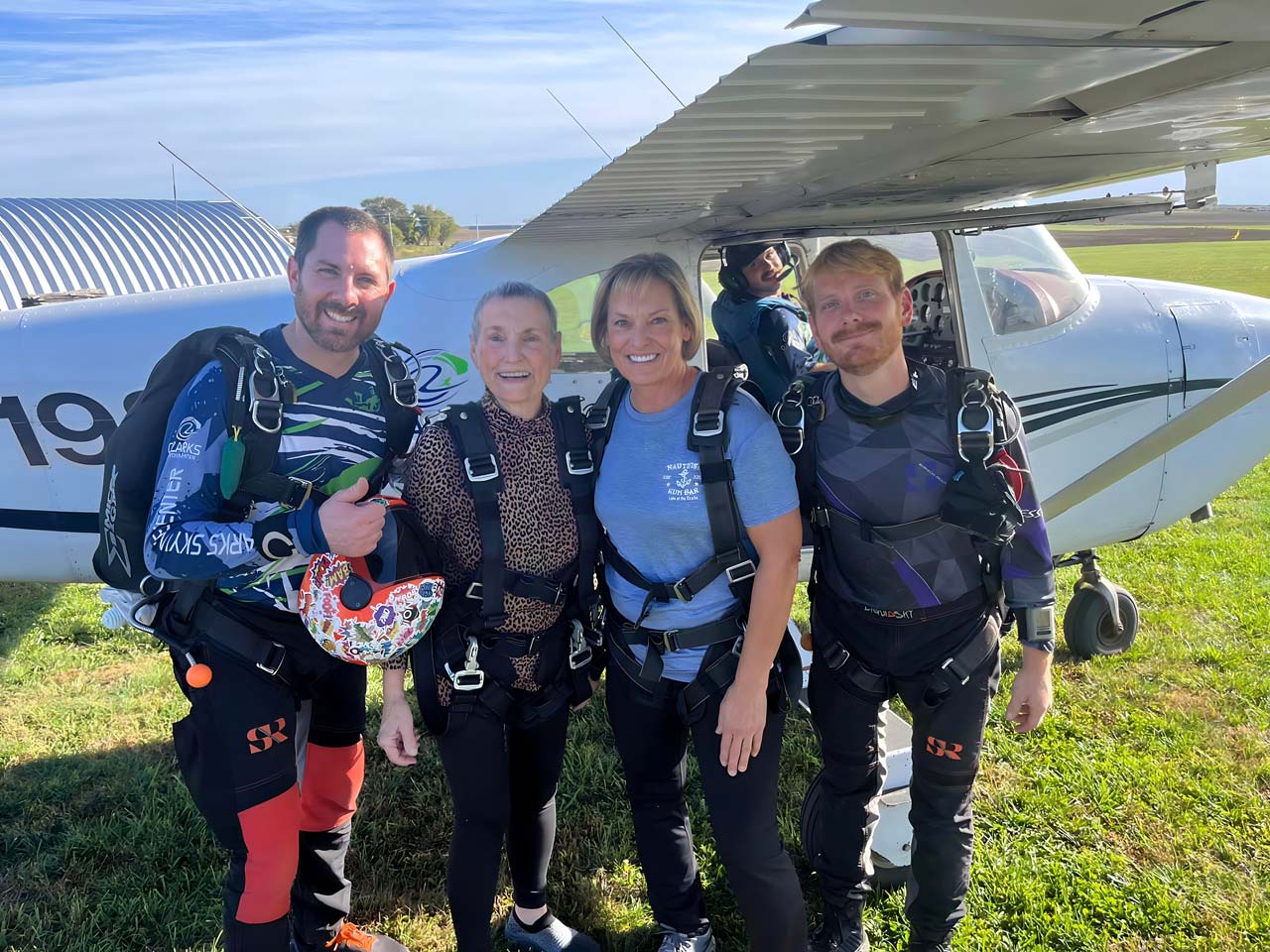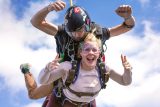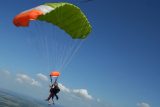Top 5 Skydiving Myths Explained
Skydiving
Posted by: OZARKS Skydive Center
9 years ago
Ever wondered what it’s like to go skydiving? You’ve probably heard lots of stories, maybe discussed it with people you know who’ve done it before. Perhaps you’ve seen skydiving on TV or in a movie.
Here at Ozarks Skydive Center, we make thousands of skydives each year, so we know what we’re talking about! Here, we expel some common myths about skydiving to help you better understand what skydiving is all about.
Myth #1: Skydivers pull ripcords
You hear it quite a lot when people talk about skydiving; they discuss ‘pulling the rip cord’ and whether they’d be nervous of pulling their own ripcord.
Rip cords are, in reality, a thing of the past. Today’s skydivers use more advanced equipment where, unlike the ripcord which deployed a spring which then opened the parachute, they use a pilot chute attached to a hackey.
The hackey is a small ball or handle which sits to the bottom right of the skydiver’s equipment. It can easily be reached when it’s time to deploy the parachute and by pulling that out, the pilot chute is released. So no rip cords, just pilot chutes!
Myth #2: You Can’t Breathe During A Skydive
Skydiving is a high adrenaline sport and jumping from a plane often causes our heart rate to increase, making us catch our breath.
Some first-time jumpers report not being able to breathe at all. But there is actually no reason for this, and it’s more a case of mind-over-matter needed to get that first breath despite the information overload you can experience when you haven’t jumped before.
We encourage people to scream as they leave the plane, as this reminds you to breathe and proves that you can.

Myth #3: You Ascend When You Pull Your Parachute
Have you ever noticed how skydivers appear to ascend when they pull their parachute? If you’ve watched skydiving videos, you’ll likely be familiar with this phenomenon, and many people believe that the release of the parachute does indeed make you ‘go up’.
This isn’t the case. The truth is that the camera person continues to fall at their terminal velocity while the person they are filming slows in speed as their parachute opens. They don’t ‘go up’, but they do slow down.
Myth #4: You Can Speak To Each Other In Freefall
Point Break was a great movie! Entertaining, fun, and Patrick Swayze in his prime.
You may recall the skydiving scene in Point Break where the lead characters manage to have a conversation mid-fall.
As entertaining as it was, this is far from accurate. There’s simply too much wind rushing by you for you to be able to hear your own voice, let alone other people’s. Instead, we communicate through eye contact and hand signals.
Myth #5: We All Fall At The Same Speed
You’ve probably seen the cartoon where the coyote drops an anvil and then falls at the same speed through the air. Scientifically, this makes no sense! The coyote and the anvil have very different weights and surface areas, which means they wouldn’t fall at the same speed at all.
The same applies to skydivers – we don’t all fall at the same speed. Typically, people fall at around 120mph at terminal velocity, but this varies depending on the weight and surface area. Tandem skydivers will fall faster than a solo skydiver because there are two people.
We actually use this to our advantage in skydiving, as we are able to change our fall rate by changing our body position or, at times, wearing weight belts to speed us up.
Are there other skydiving myths you have questions about? If so, our friendly staff is happy to help! Give our team a call or you can learn more about the sport of skydiving on our blog.



